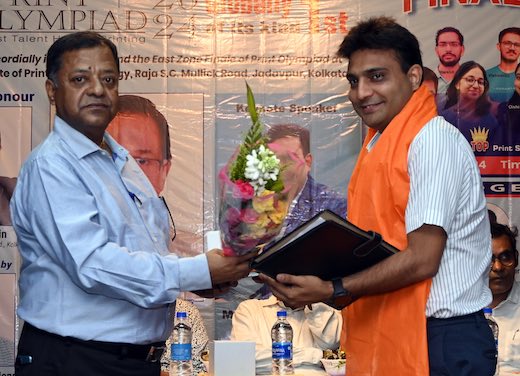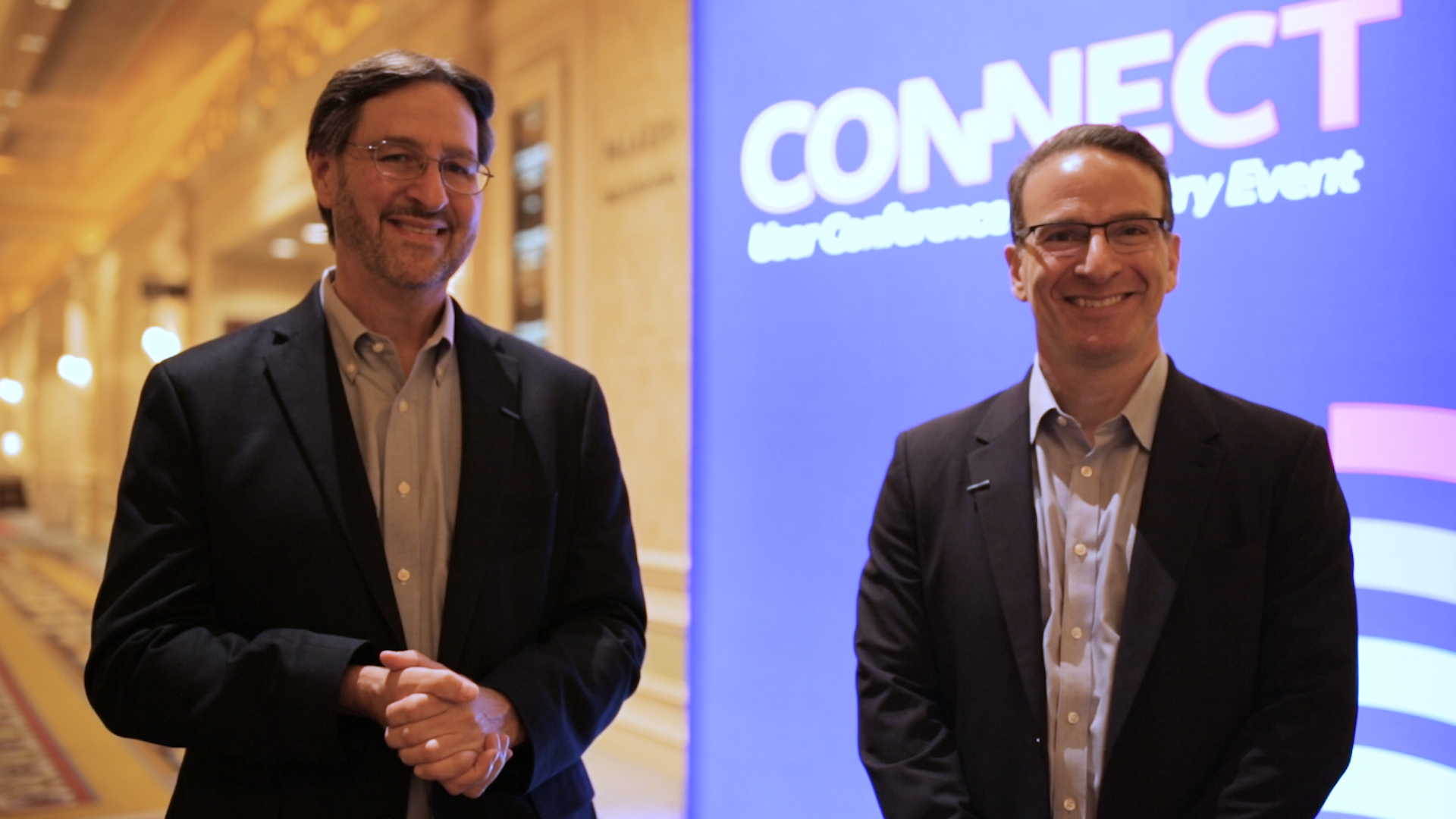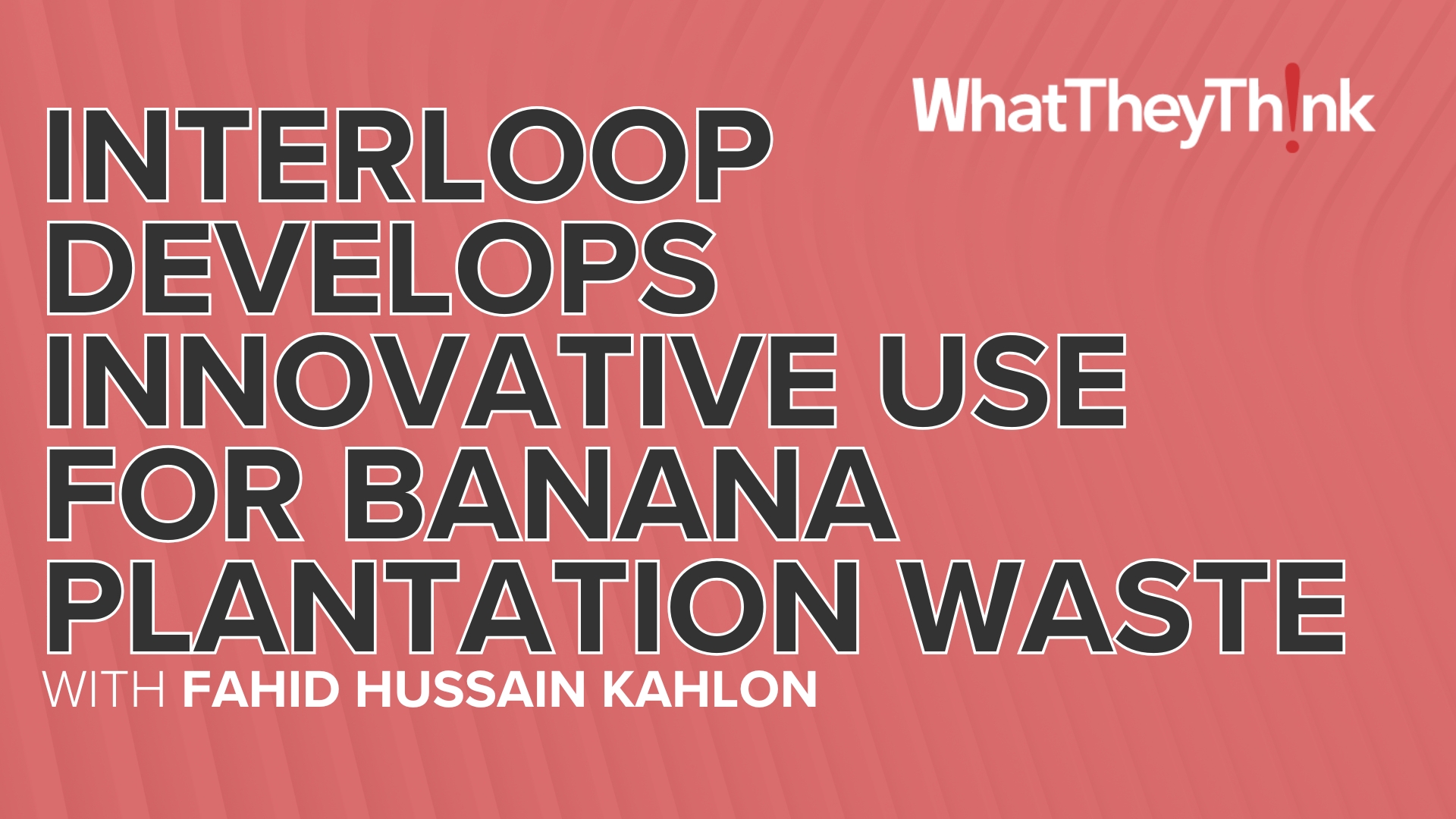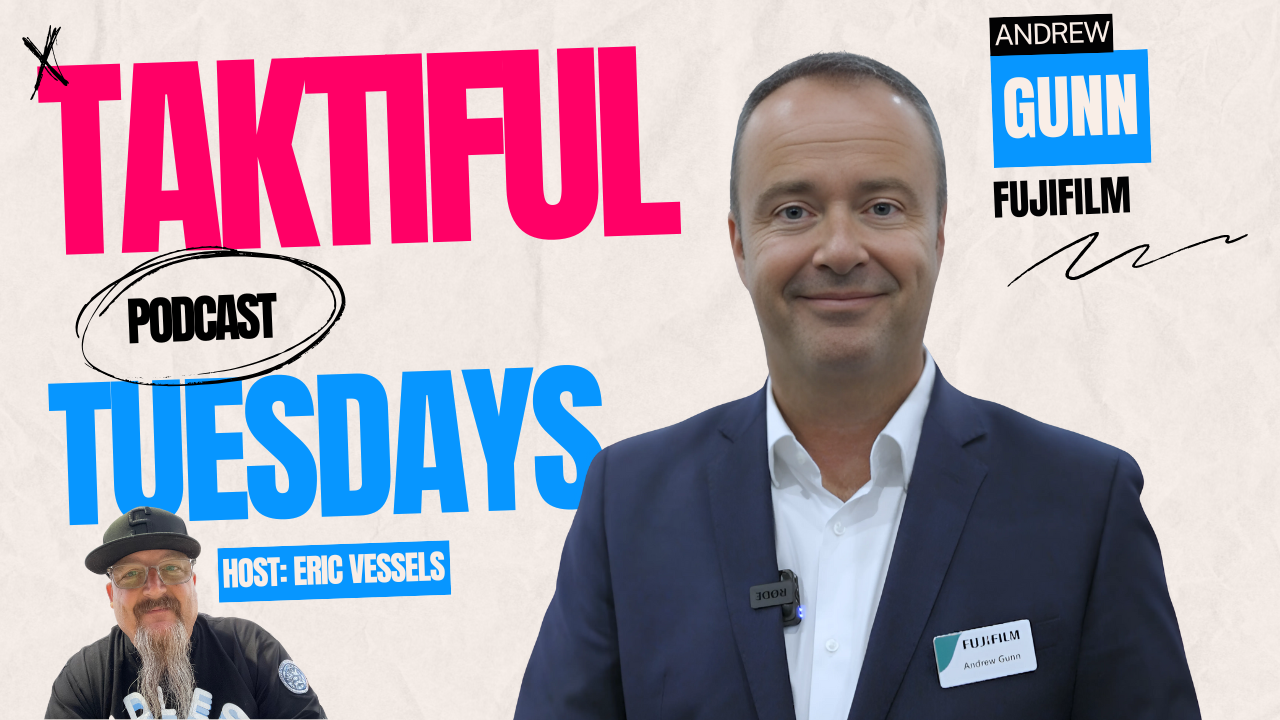Mr. Manu Choudhury Talks AI to Printing Students at Offset Printers Association (OPA) Event
Press release from the issuing company

Offset Printers Association (OPA) invited Mr. Manu Choudhury, Director CDC Printers, Kolkata for his inputs on artificial intelligence for the overall benefit of the printing students at Regional Institute of Printing Technology (RIPT), and Jadavpur University, Kolkata. Event was organised by OPA, coinciding with the East Zone finale of the sixth edition of Print Olympiad. In his keynote address Manu stressed the need for Generative AI. His presentation remained the star attraction and thrilled the audience with a hands-on demonstration of Generative AI and its application in Printing industry.
Manu said, Generative AI refers to a class of artificial intelligence algorithms and models designed to generate new content, such as images, text, music, or other forms of media, that is like what it has been trained on. These models are often based on deep learning architectures, particularly variants of neural networks like Generative Adversarial Networks (GANs) or autoregressive models like Transformers. The idea behind generative AI is to enable machines to create content that is realistic and coherent, resembling what a human might produce. This can have various applications, from generating artwork and music to creating realistic images or even assisting in content creation tasks like text summarization or language translation.
Generative AI is transforming the printing industry in various ways, enhancing creativity, efficiency, and personalization. Here are some key areas where generative AI is making an impact in design automation, Generative AI algorithms can automatically generate designs based on input parameters, such as customer preferences, brand identity, or production constraints. This streamlines the design process, reduces manual effort, and enables the creation of unique designs at scale. With generative AI, printers can offer highly customized products to their customers. By analysing customer data and preferences, AI algorithms can generate personalized designs, text, or images tailored to individual clients, leading to greater customer satisfaction and loyalty. Generative AI algorithms can optimize printing processes by automatically adjusting parameters such as ink usage, colour calibration, and print settings. This not only improves print quality but also reduces waste and production costs.
Generative AI can inspire new creative possibilities by generating novel designs, patterns, and textures that human designers might not have thought of. By exploring vast design spaces and experimenting with different combinations, AI can spark innovation and push the boundaries of traditional printing techniques. AI-powered image analysis algorithms can automatically inspect printed materials for defects, ensuring consistent quality across production runs. By detecting imperfections such as misprints, colour inaccuracies, or alignment errors, AI helps maintain high standards and reduces the likelihood of costly reprints. Generative AI can analyse sensor data from printing equipment to predict potential failures or maintenance needs before they occur. By identifying patterns indicative of equipment degradation or malfunction, AI enables proactive maintenance scheduling, minimizing downtime and optimizing production efficiency.
He explained in detail, how AI can be leveraged to yield maximum benefits for industry. He also showed how at CDC Printers customers and the organization has aligned its workflow with this AI technology enabling task completion within a fraction of a time as compared to conventional methods. Overall, generative AI is revolutionizing the printing industry by enabling automation, customization, and innovation across the entire print production process. As AI technologies continue to advance, we can expect even greater integration and adoption within the industry, driving further efficiencies and unlocking new creative possibilities. However, generative AI also poses ethical concerns, particularly regarding the potential for generating misleading content or deepfakes, which are digitally manipulated images or videos that appear real but are synthetic. As a result, there is ongoing research into developing safeguards and verification methods to mitigate these risks while harnessing the creative potential of generative AI. Manu consented the request for the training of few students interested in the field of AI at his production house at Kolkata.
- Questions to ask about inkjet for corrugated packaging
- Can Chinese OEMs challenge Western manufacturers?
- The #1 Question When Selling Inkjet
- Integrator perspective on Konica Minolta printheads
- Surfing the Waves of Inkjet
- Kyocera Nixka talks inkjet integration trends
- B2B Customer Tours
- Keeping Inkjet Tickled Pink
© 2024 WhatTheyThink. All Rights Reserved.














